Purple Flowers – You can find a multitude of flower types, and these do come in various sizes and colors. Plus, each one delivers its symbol, with white blossom being purity, yellow being joy and red being the symbol of love. But purple is a very popular color for flowers, and it’s caused by the anthocyanin pigment. If you want to add flowers to your garden, purple is the best option and it will give you an immense value, not to mention it will beautify your garden quite a lot!
Which are the best purple flowers for your garden?
1. Verbena (Verbena bonariensis)
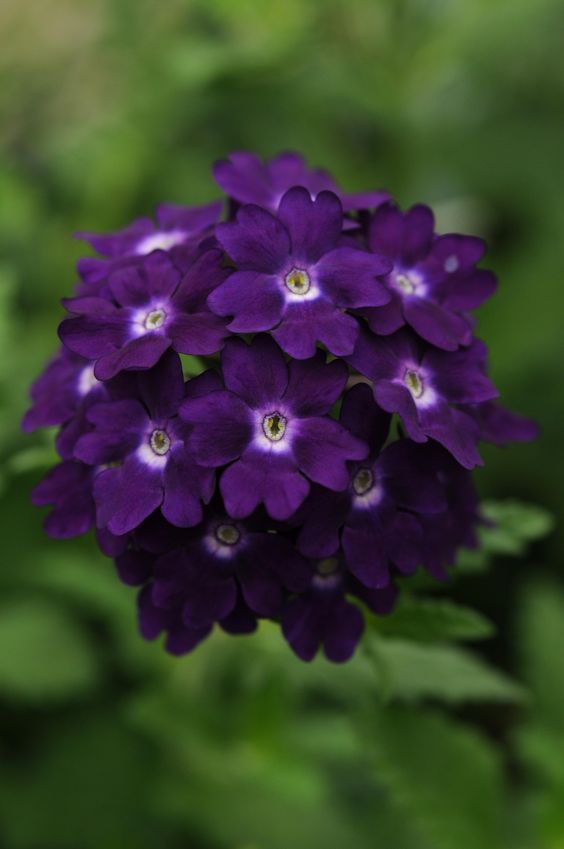
Verbena is also known as the Purpletop Vervain, and it has five petals. It’s rather easy to grow, and it looks amazing!
How to grow
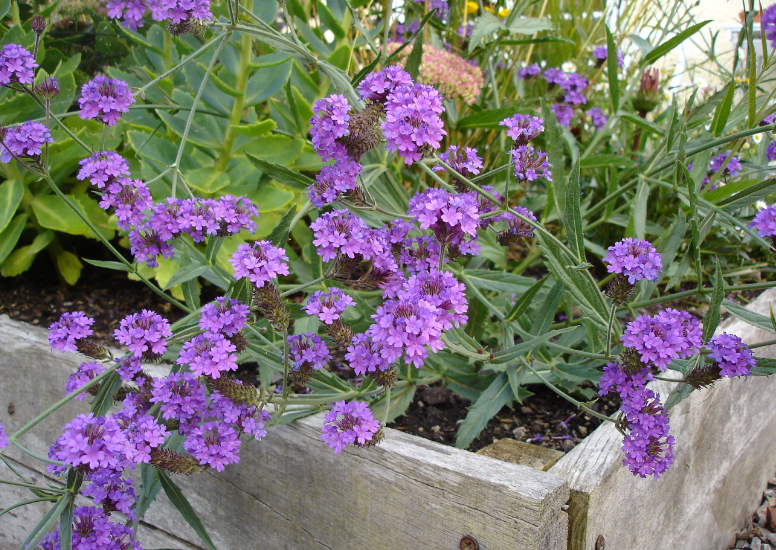
Cultivation
You can grow it in moist areas, but they have to be very well drained and fertile. You will need a winter mulch if you want to grow it in the cold areas.
Propagation
You can let it seed on its own, or you can place the seed in pots and keep the temperature around 18-21°C
Where can you plant it?
This flower works great with informal gardens, but it also does an excellent job with the coastal gardens, gravel gardens and so on.
Taking care of it
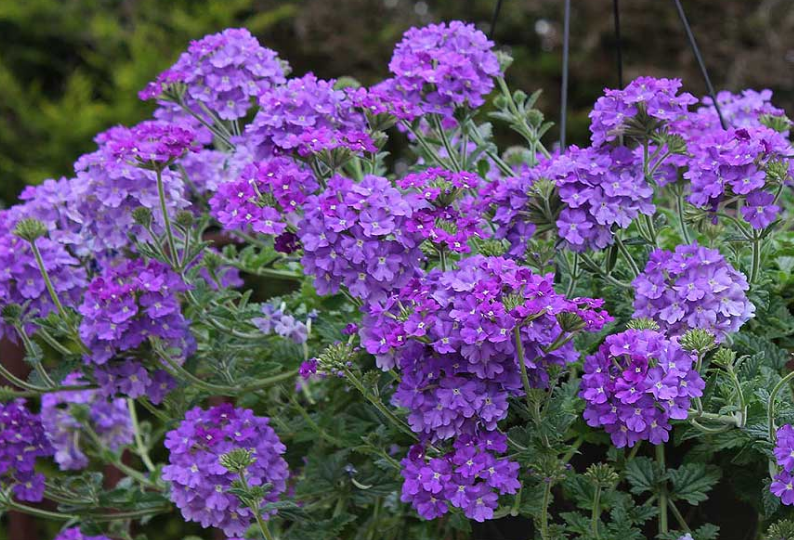
Pruning
You will need to cut it down during the spring, as a new plant will appear from the base.
Pests
Usually, this plant doesn’t gain the attention of any pests.
Diseases
There are no known diseases.
2. Delphinium (Delphinium sp.)
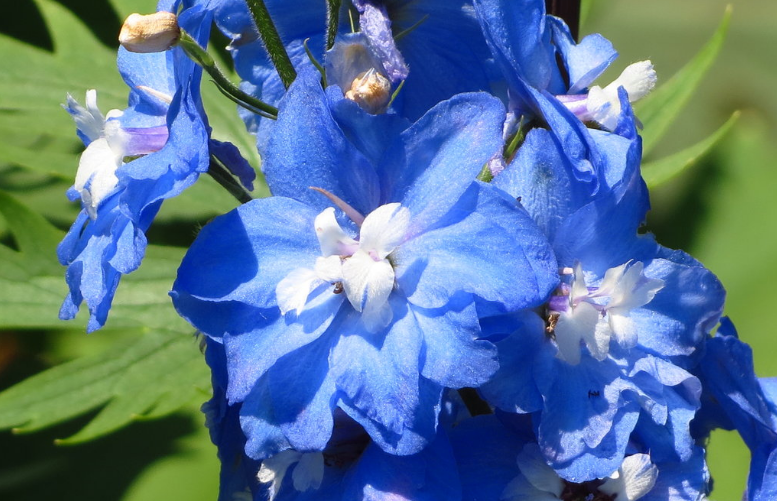
This plant survives in many environments, even the moist and cold ones. These are perennial, and the color will vary most of the time. Some people call it Larkspur because the plant has glossy leaves, even if they are darker in color.
How to grow
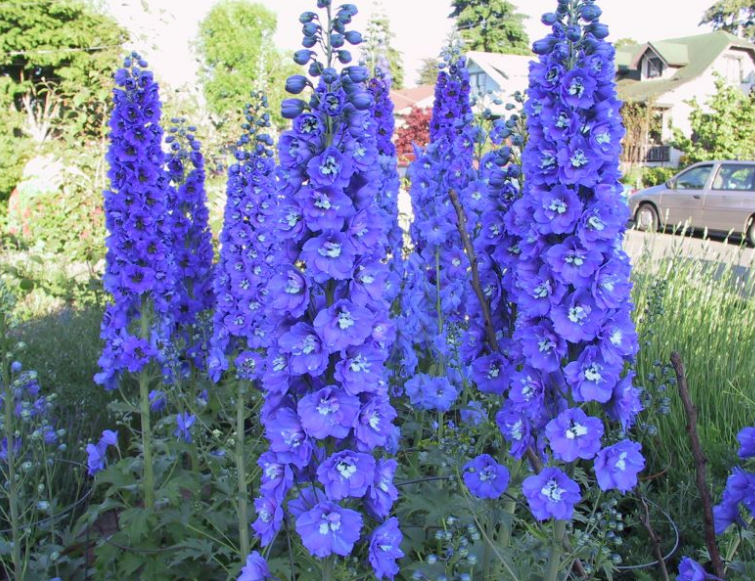
Cultivation
The plant requires soil which is fertile and well drained. You will have to keep it away from powerful winds, instead you need to keep it in full sun. Balanced liquid application is necessary once a few weeks. You will need 2-3 shots for the younger plants and up to 7 for the adult plant when it reaches around 7 cm in height.
Propagation
You can do this simple by doing some basal cuttings that are pencil thick during the spring.
Where to plant it?
You can use it as a flower bed or border; it also works great as a formal and informal garden.
How to care
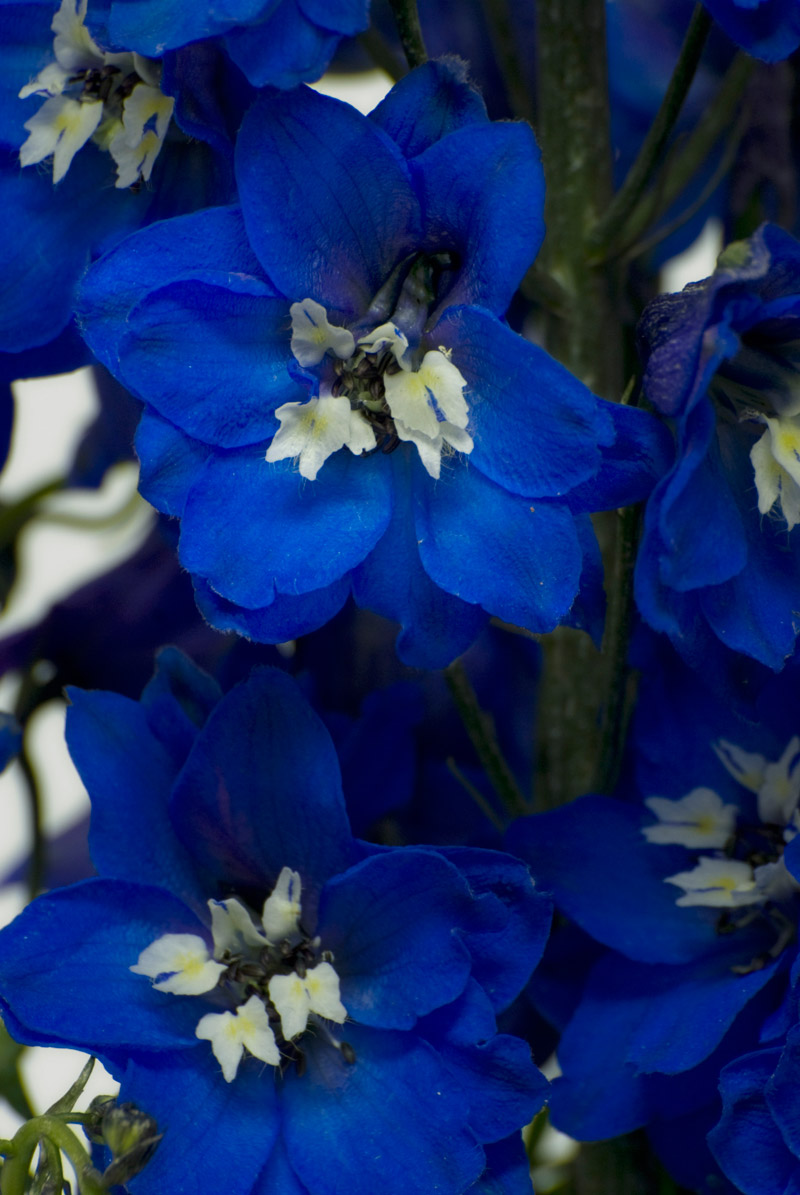
Pruning
You can cut the flower spikes to the flowering side shoots; you can also cut the flower to the ground level in autumn as it will rise again in spring.
Pests
This is a plant that can be attacked by leaf miners, caterpillars, slugs and even snails
Diseases
Depending on where you plant it, it can be affected by the delphinium black blotch, crown rot, powdery mildews and other similar problems.
3. Pasque flower (Pulsatilla vulgaris)
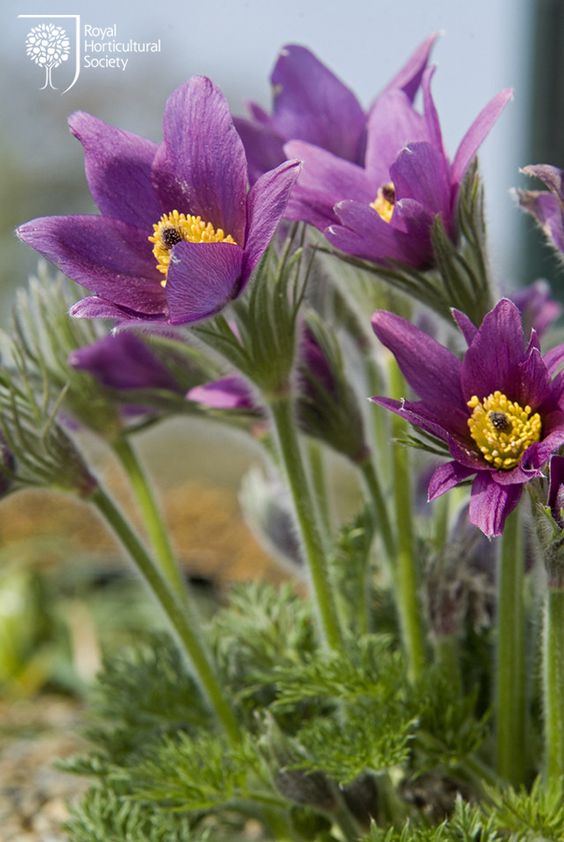
You can find the Pasque flower in regions that have Tundra-based biomes. At the same time, the flower has its fine silky hairs suitable for lasting in the harsh environments!
How to grow
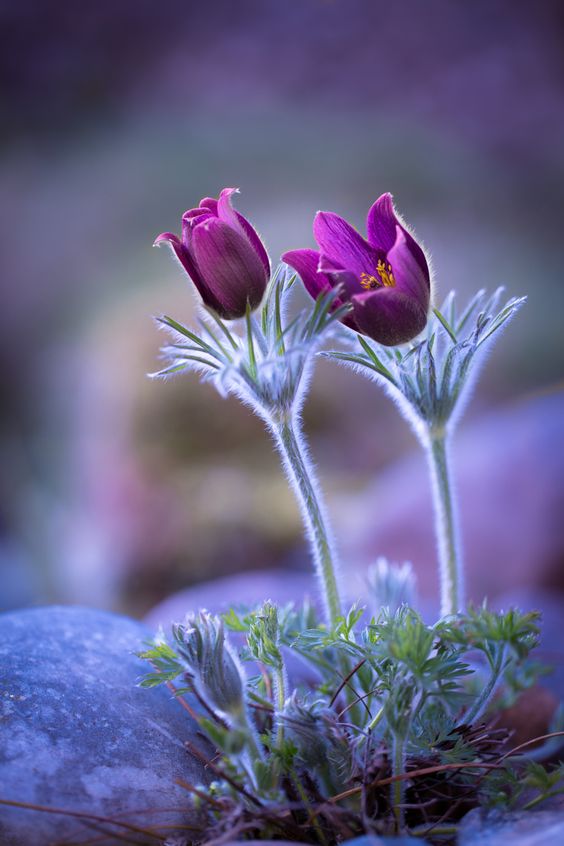
Cultivation
The plant needs full sun and drained soil. It can work great for an alpine bed or rock garden.
Propagation
You can do this but cut roots during winter
Suggested planting locations and garden types
It works great for a rock garden, but it will be good for a gravel garden patio as well.
How to care
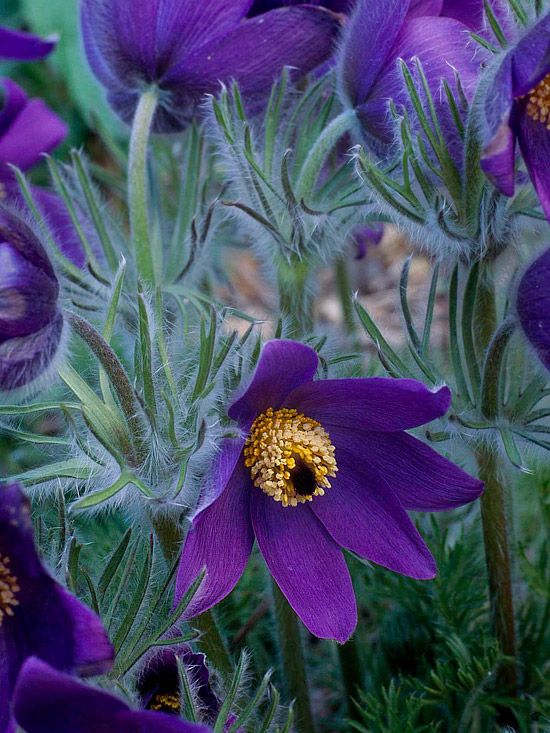
Pruning
It doesn’t require pruning
Pests
There are times when slugs might be eating flowers
Diseases
No known diseases that you should focus on abolishing.
4. Wild Indigo (Baptisia australis)

Wild indigo is included in the Fabaceae family, and it’s related to pea and clovers. You can mostly find this plant on the Pacific side of the US!
How to grow
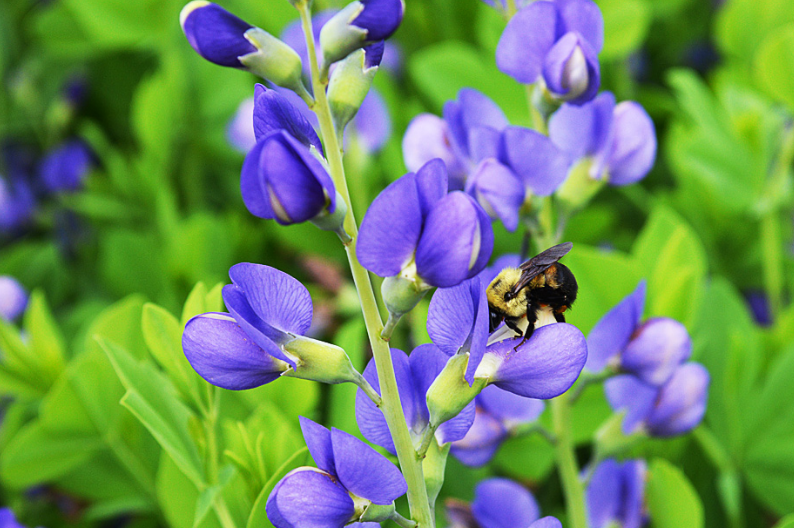
Cultivation
You will grow the plant in sandy or porous soil, but keep in mind that it needs full sun. You can divide clumps during the spring. Otherwise, you can just leave it alone.
Propagation
You can propagate by adding seeds in pots during the cold frame, or you can opt for the division during the first moments of the spring.
Suggested planting locations and garden types
You can use it as a flower bank, flower border or flower bed; it also works for wildlife gardens, prairie gardens and so on.
How to care
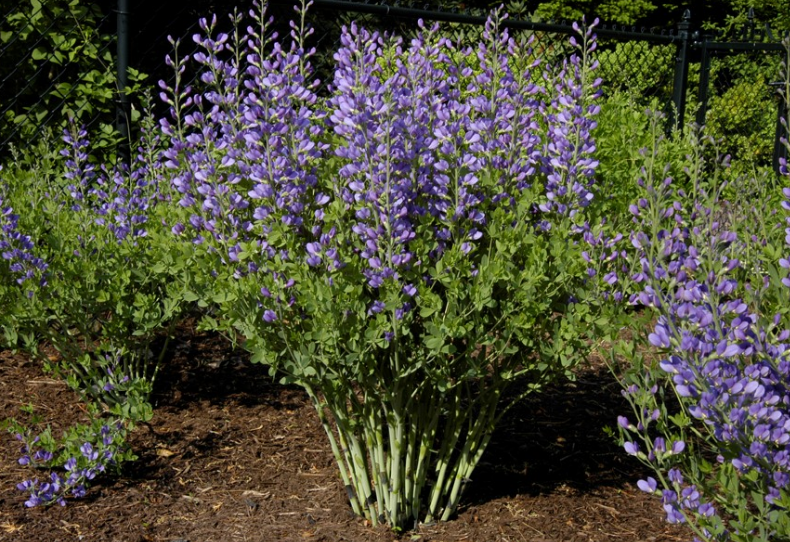
Pruning
If the foliage is blackened, you just need to cut it down.
Pests
No known pest problems.
Diseases
No diseases
5. Lilac (Syringa vulgaris)
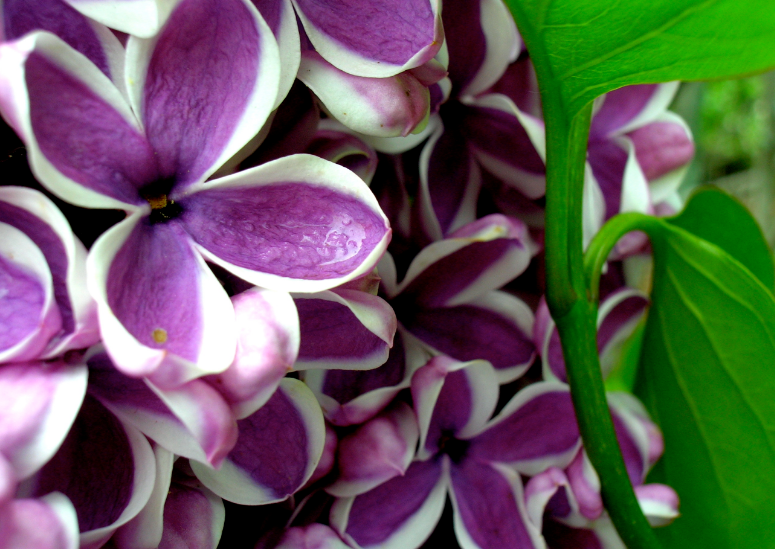
The Lilac Syring Vulgaris is always signaling spring, and it thrives during this season. It can also tell you if there will be a late or early spring, which is certainly a nice touch.
How to grow
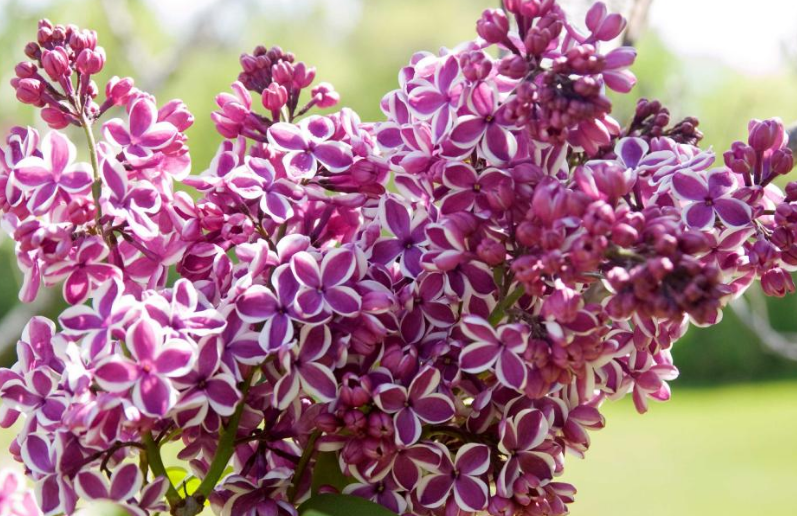
Cultivation
Lilac is thriving if you have an alkaline or at least neutral soil. Full sun and a good drainage system will be required here.
Propagation
You can do propagation via late spring softwood cuttings. You can also do budding during the summer, layering in the spring or you can opt for winter grafting.
Suggested planting locations and garden types
It can be used as flower beds or flower borders. It can be suitable for the coastal cottages and informal gardens as well.
How to care
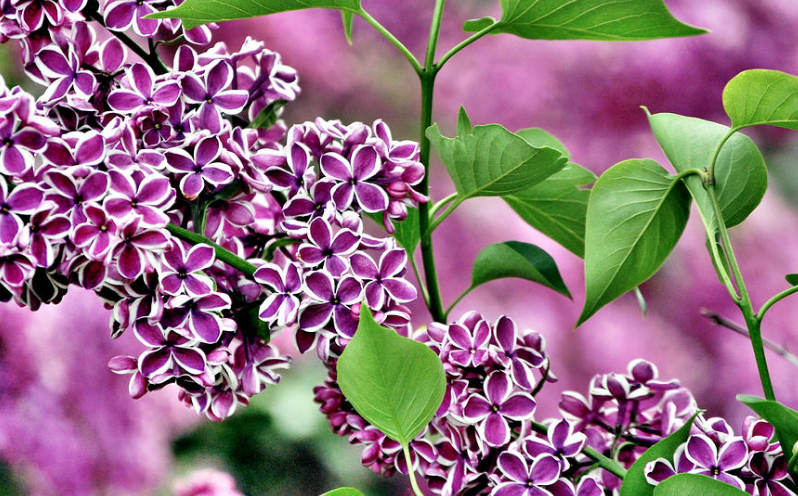
Pruning
You don’t have to do routine pruning. You just have to remove the crossing or damaged shoots, even the ones that grow in all directions can be removed if you want.
Pests
Sometimes, the privet thrips and the lilac leaf miner can damage it
Diseases
Silver leaf disease, fungal leaf spot, lilac blight, powdery mildews and even honey fungus can be a few of the diseases that affect this plant!
6. Clematis (Clematis sp.)
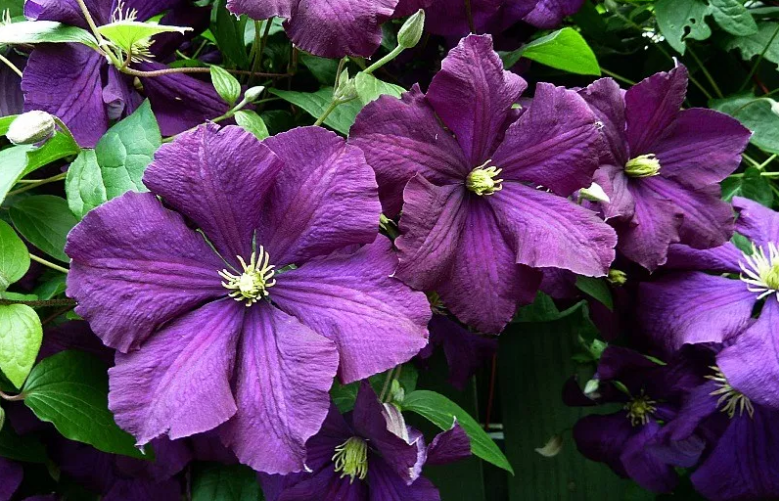
You can find Clematis in the Northern hemisphere most of the time. It can grow anywhere, even on other plants as well as larger trees!
How to grow
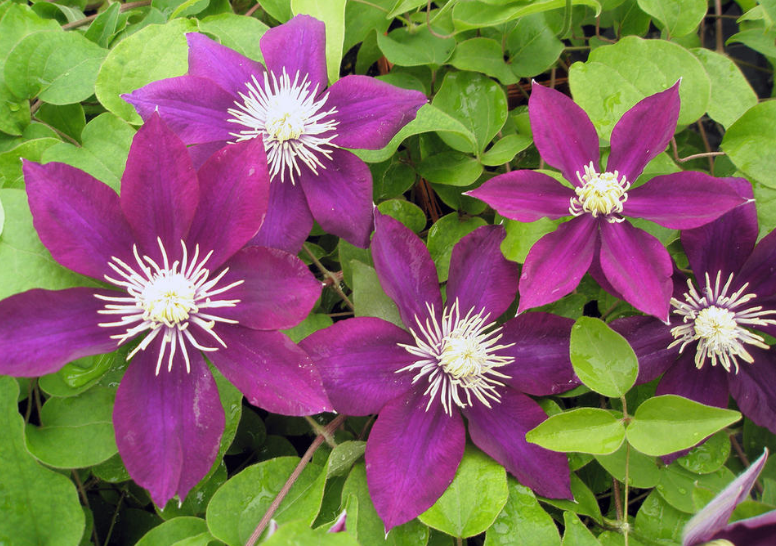
Cultivation
It’s important to plant it in soil that’s well drained but which retains moisture. The base of the plant needs to be maintained cool. It’s a good idea to plant with the crown deep (8 cm) as this will allow new shoots to appear. You can use containers around 45 cm deep if you want, as here you can add plenty of compost!
Propagation
You can do this via semi-hardwood cuttings as well as layering if necessary
Suggested planting locations and garden types
Usually, the wall-side borders are a great location for this, so keep that in mind. It’s a magnificent idea and one that you should consider opting for right away.
How to care
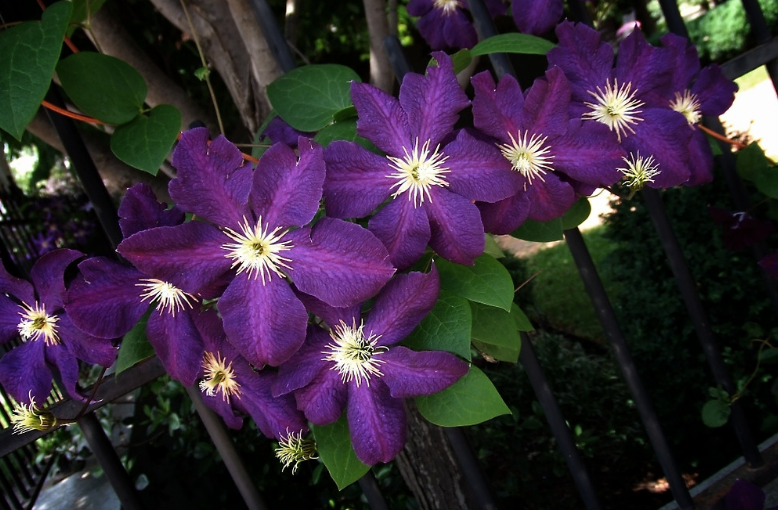
Pruning
Pruning this plant will allow you to boost its flowering and growth. However, if you don’t prune it, the entire plant can be a mess in the longer term. Prune it during early spring or late winter; you can also do this during the summer after the first set of flowers appears.
Pests
Sometimes, caterpillars and aphids might be problematic here, not to mention that earwings will target the petals of this plant
Diseases
It can suffer from the clematis slime flux and wilt
7. Salvia (Salvia sp.)

Lastly, we have Salvia. This is the largest one included in the Lamiaceae family, and it can grow up to 3 meters in height.
How to grow
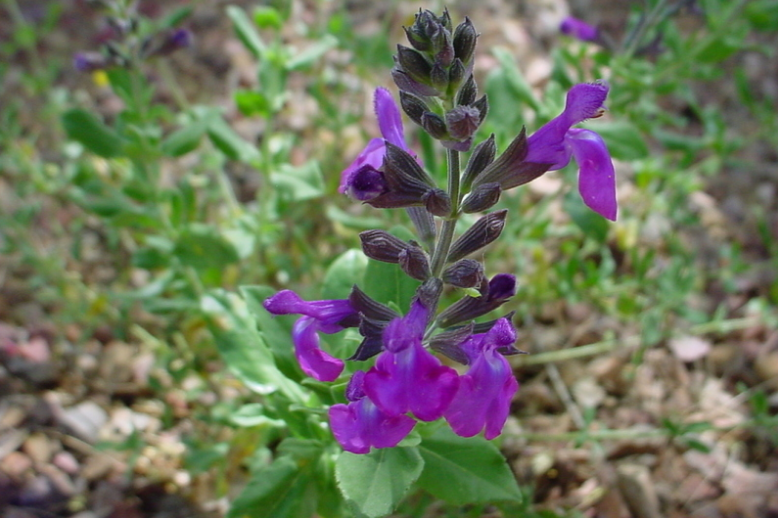
Cultivation
It’s important to grow it in soil that is very well drained, not to mention that you need to offer protection from excessive moisture. Keeping this plant away from the colder winds is also important.
Propagation
You can do spring time softwood cuttings
Suggested planting locations and garden types
This plant can be used for the courtyard gardens, informal gardens as well as flower beds and borders.
How to care

Pruning
You can remove any of the flower stems that are fading to tidy up everything.
Pests
Capsid bugs, snails, and slugs can be troublesome here.
Diseases
There are no known diseases!
